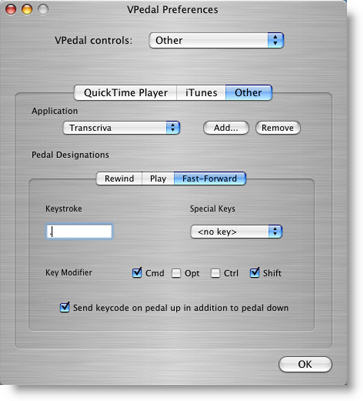
You made a photocopy or a printout and it went missing.Your transcription alleviates the process for them.

They may not be able to decipher handwriting or completely read a photocopied document.
:max_bytes(150000):strip_icc()/ConnectFitbittoFB1-0b203f4fbcfa4d13b6dae94b4a91ad35.jpg)
Usually you are sharing progress in your family history research-with relatives or a readership or perhaps you are working for a friend or client.
Your recipient or reader may not have your skills. By going to the original source and making your own transcription, you may be surprised at the differences between the two transcriptions. How do you know if it was correctly deciphered? Do you know the skill level of the transcriber? Hopefully you have either been provided with the citation to its source, or your knowledge skills help you to recognize it. You received a transcript of a document or book pages from someone else. Unless you have a high-tech camera with you, you must use your transcribing skills. Another situation is when a perhaps elderly relative possesses a unique family record and will not let it out of her sight. Even if they have the equipment, they often can’t allow a fragile document or book to be further handled on a machine. Some archival institutions do not have the budget for photocopiers or microfilm reader-printers. 
Reproduction equipment not available or not allowed.
#Add people transcriva how to
Why learn to transcribe when today’s technology gives us cameras, photocopy machines and scanners? Here are some good reasons for learning and practicing how to transcribe documents:
2.5 Square Brackets and Illegible Words.



:max_bytes(150000):strip_icc()/ConnectFitbittoFB1-0b203f4fbcfa4d13b6dae94b4a91ad35.jpg)



 0 kommentar(er)
0 kommentar(er)
